Pixar: We choose characters based on story, not technology
Animation giants talk to TechRadar about its latest collaboration with Nvidia
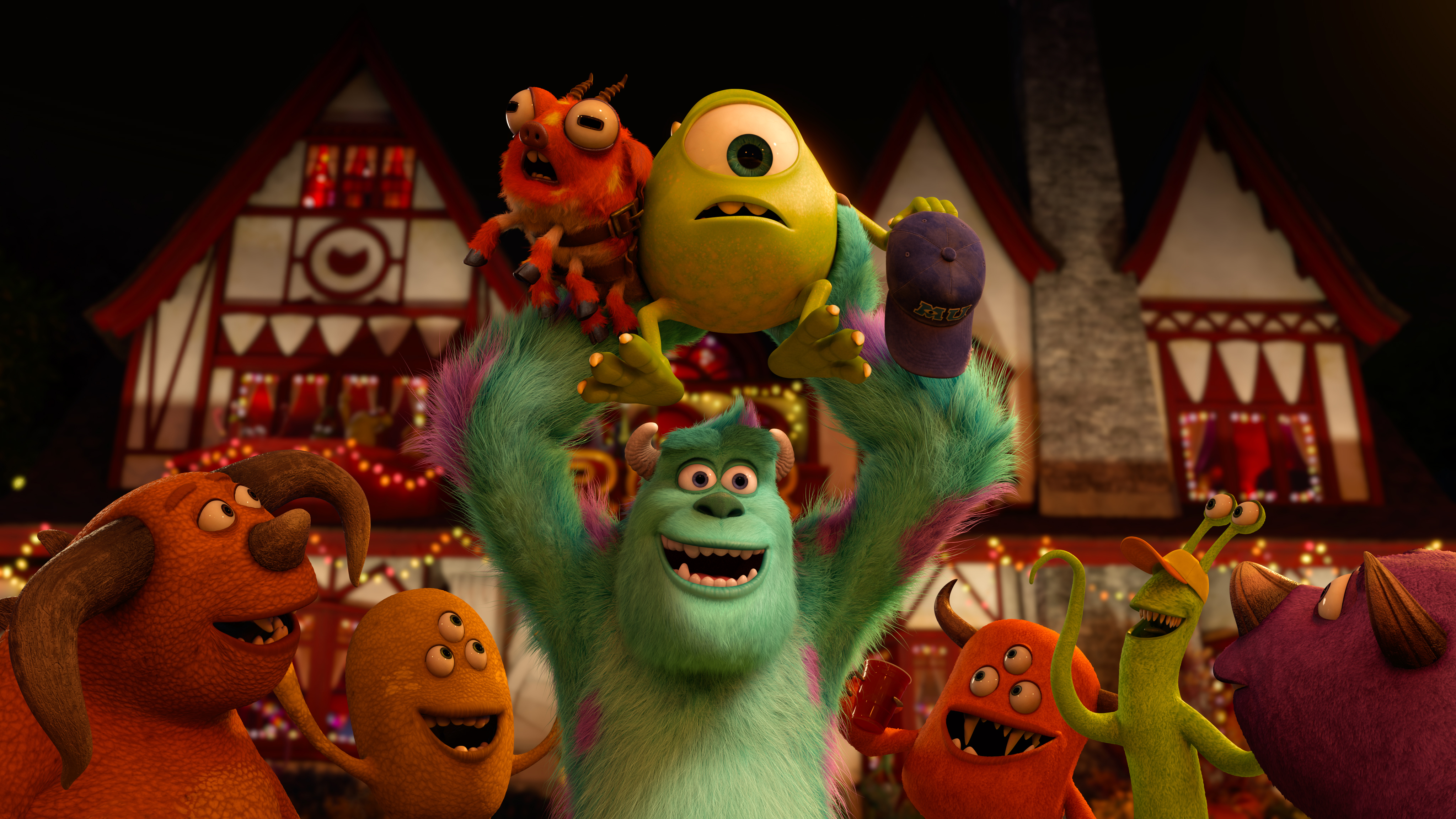
Disney-Pixar may be one of the most successful studios in the world, but it has never felt that it has put profit over pixels. Peel back the layers of its computer animations and what you will find are movies saturated in, well, soul.
The look of genuine fear on Woody's face near the climax of Toy Story 3. The feeling of love and loss that emanates from Carl Fredricksen during the opening scenes of Up. The unparalleled joy felt when Eve plays with a cockroach in Wall-E. These are moments swathed in raw emotion that are up there with anything any real actor can convey.
This reason for this Bill Polson, Disney-Pixar's director of industry strategy, speaking to TechRadar, believes is simply down to why the stories are chosen: "We choose our characters based on the story, not on technology."
Monster hit
Behind the scenes, though, technology is vastly improving to make sure that the characters in these movies actually jump off the screen way before they hit cinema and during the exhaustive creation process.
This is so that when scenes from a movie are previewed they are seen not as barebones wireframes but a near-final render.
Helping to achieve this is a tech collaboration with Nvidia. Disney-Pixar used the new Quadro K6000 card ahead of public release while it was creating its current box-office success Monster's University.
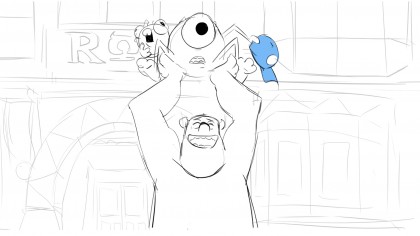
"We have been collaborating with Nvidia over the past year on real-time raytracing using their Optix technology," explained Polson.
Are you a pro? Subscribe to our newsletter
Sign up to the TechRadar Pro newsletter to get all the top news, opinion, features and guidance your business needs to succeed!
"The K6000 is the newest most powerful card capable of running this technology, so we were grateful for the opportunity to try the project on this card."
Although Pixar continued to use its own Renderman software for final renders, according to Polson, coupling this with the K6000 meant previews were vastly improved.
"The Kepler features allow us to get interactive previews that look much closer to final render," he explained.
"Prior to this technology we were mostly looking at wireframes. Now we are looking at images that are getting close to final render. This enhances the artist's experience and lets us iterate much more quickly."
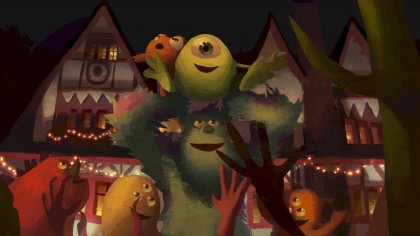
Nvidia may have missed out on equipping the PS4 and Xbox One with GPUs to AMD, but of late it has had a nice sideline in offering professional cards to studios such as Disney-Pixar.
The K6000 has been dubbed as a pro graphics card and is being pushed, naturally by Nvidia, as 'the fastest GPU ever'.
Kepler technology
In real money, this means that the card is based on Kepler architecture and offers 12GB GDDR5 memory, along with 2,880 streaming multiprocessor cores.
The sheers grunt the K6000 offers, according to Polson, polished the preview process and took the strain away from the mountains of memory used to make Monster's University.
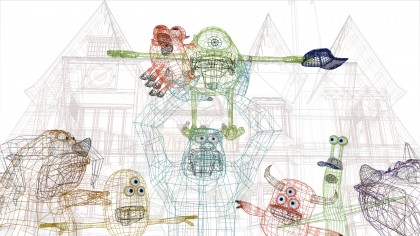
"The added memory allows larger scenes to be represented, so we can get these interactive previews on more of the final shot," said Polson.
"We don't have to work in pieces or layers quite so much, and we don't have to do as much optimising to get the scene into memory."
Nvidia's card is just one part of progress that Disney-Pixar has seen since it released Toy Story back in 1995.
Computational power has changed drastically since. Back then it took four hours to render one frame; in 2009 when Toy Story was re-rendered for 3D it took around four minutes a frame.
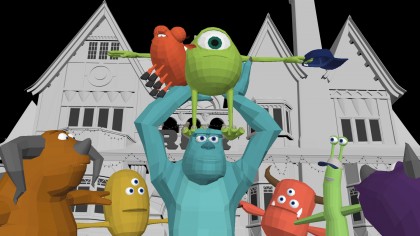
If Disney-Pixar had used just one CPU to render Toy Story (it uses hundreds) then for an 81 minute movie in 1995 it would have taken 53 'CPU' years. In 2009 this drastically shrunk to 324 'CPU' days, proving what a difference 14 years makes.
And don't expect this speed of innovation to change anytime soon. Steve May, chief technology officer for Disney-Pixar told TechRadar: "We are always looking to push the visual complexity of our films to support our stories, so we are always excited about higher computational capacity."
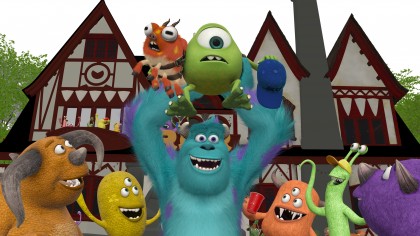
This speed of computer upgrade is enough to make Sulley in Monsters University's 5 million hairs on stand on end.
More so when you realise that this is up from a mere 1 million rendered for Monsters, Inc.
Monster's University is in cinemas now, all images used copyright of Disney-Pixar.
Marc Chacksfield is the Editor In Chief, Shortlist.com at DC Thomson. He started out life as a movie writer for numerous (now defunct) magazines and soon found himself online - editing a gaggle of gadget sites, including TechRadar, Digital Camera World and Tom's Guide UK. At Shortlist you'll find him mostly writing about movies and tech, so no change there then.
